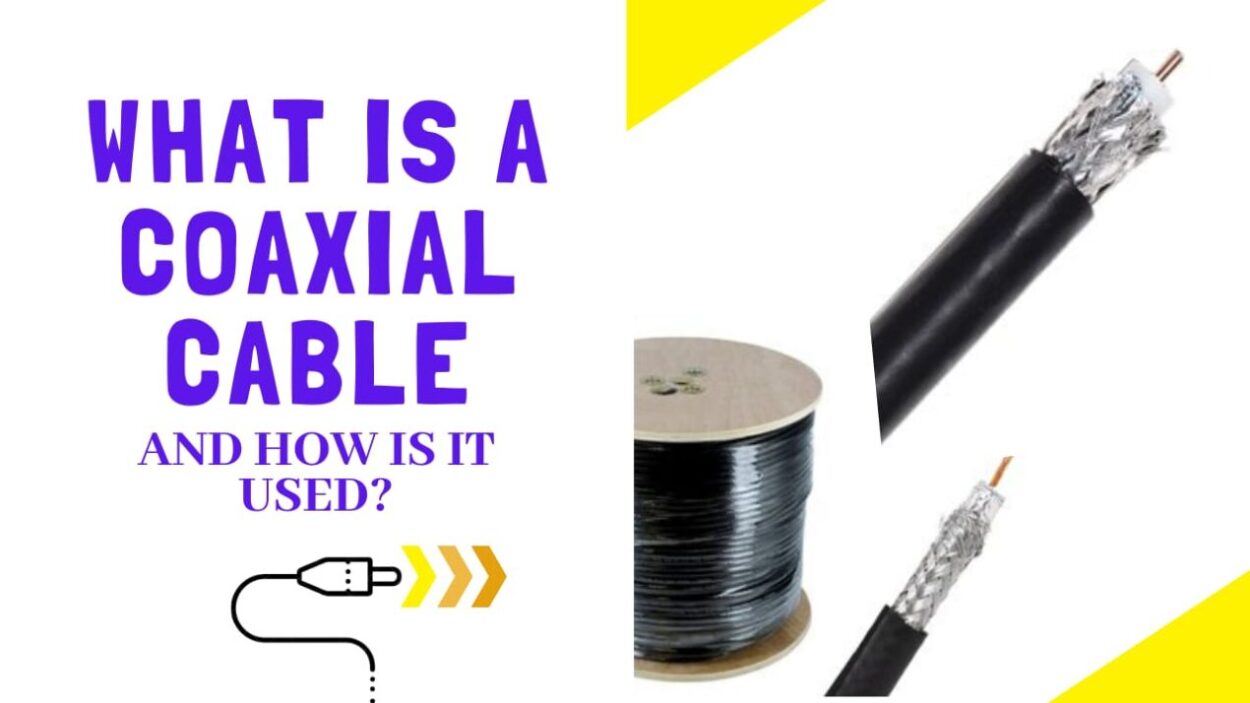What is a PLC Splitter and How Does a PLC Splitter Work?
What is PLC Splitter?
PLC splitter known as Planar Lightwave Circuit is used for dividing one or two light beams to multiple light beams uniformly or combining multiple light beams to one or two light beams. It has a passive component with special waveguide made of planar silica, quartz, or other materials. It is mainly applicable to PON (EPON, GPON, BPON, FTTX, etc.) to combine with the MDF (main distribution frame) and the terminal equipment to branch the optical signal.
As a micro-optical device PLC splitter uses optical to split the input signal into various outputs. PLC splitter mainly adopts silica glass as the material of the lightwave circuit and accepts different types of polished finishes. They can be categorized into different types including bare PLC splitters, blockless PLC splitter, ABS PLC splitters, LGX box PLC splitters, mini plug-in type PLC splitters, tray-type PLC splitters, and 1U rackmount PLC splitters. PLC splitters can offer splitting ratio up to 1*64, it is generally higher than the splits of FBT splitter.
Importance of PLC Splitter
PLC splitters are especially important in FTTH (Fiber to the Home) networks. FFTH are fiber optic communication deliveries where the fiber can be extended from the central office to the boundary of home living space or business offices. It is used in sharing a single PON network with many subscribers.
Unlike FBT (fused biconical taper) splitter, PLC splitter provides better performance that offers accurate splits with minimal loss in the efficient packages. Some typical types can widely be used in optical network applications like bare fiber splitter, blockless splitter, ABS splitter, fan-out splitter, rack-mount splitter, LGX splitter, mini plug-in type splitter, and many more.
Read more: Patch Cord Types and Uses
How Does PLC Splitter Work?
In Fiber to the Home (FTTH) networks PON (Passive Optical Network) plays an important role. It allows a single PON network interface to be shared among many subscribers. The splitters containing no electronics use no power. These are the network elements that put the passive in Passive Optical Network.
PLC splitter is widely used between PON Optical Line Terminal (OLT) and the Optical Network Terminals/Units (ONTs/ONUs) the OLT services. Networks implementing BPON, GPON, EPON, 10G EPON, and 10G GPON technologies all use simple optical splitters.
The single fiber link coming from the Central Office (CO) OLT is connected with the input of a splitter and is split into a given number of fibers leaving the splitter. The number of outputs in the PLC module determines the number of splits. PLC splitters can be used in centralized PON architecture or categorized architecture. In a centralized PON architecture commonly a 1×32 PLC splitter is used in the Central Office. While in a distributed PON architecture 1×4 PLC splitter is first directly connected to an OLT port in the Central Office and then each of the four fibers is routed to an outside plant terminal box that houses a 1×8/1×4 PLC splitter.
Conclusion
In this blog, we introduced you to the PLC Splitters, their usage, and their importance to help you choose the best suitable for your network. Overall, PLC splitters offer better performances and that too with very few limitations. However, if you’re doing business around these splitters then check out https://www.santron.in/plc-splitter/
If you have any doubts or queries relating to PLC Splitters, its types, and functions feel free to contact us.
More Blogs:

What is a Coaxial Cable and How Is It Used?
Coaxial cable, also known as coax cable is a type of electric cable used for transmitting radio frequency signals from one point to another. It consists of an inner conductor that is surrounded by a concentric conducting shield.

